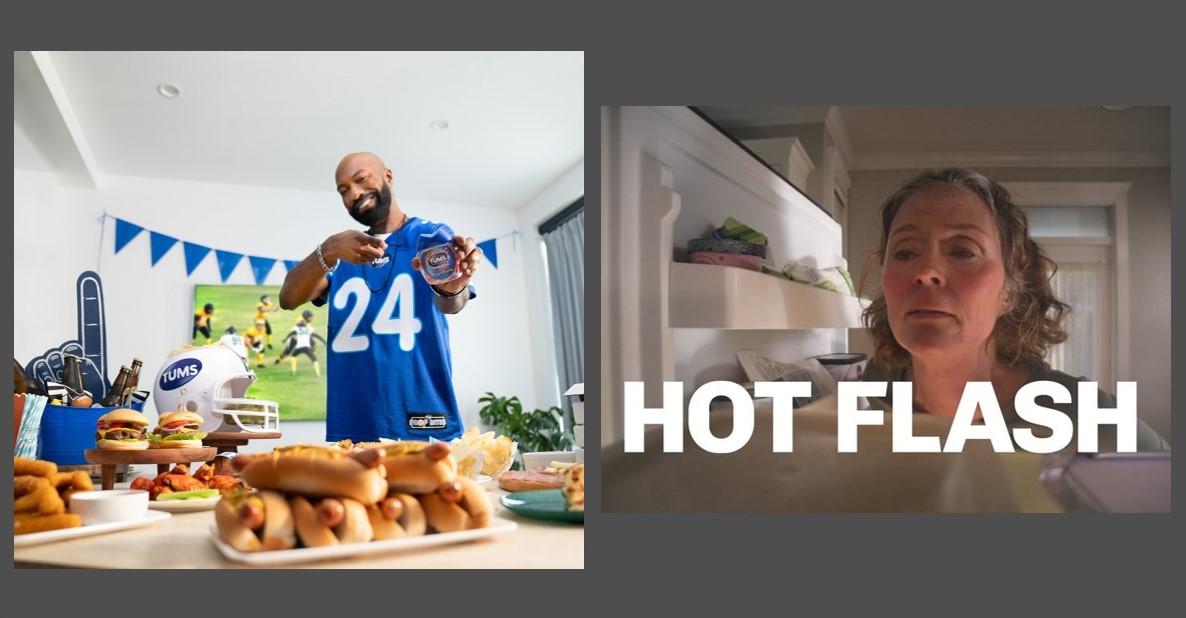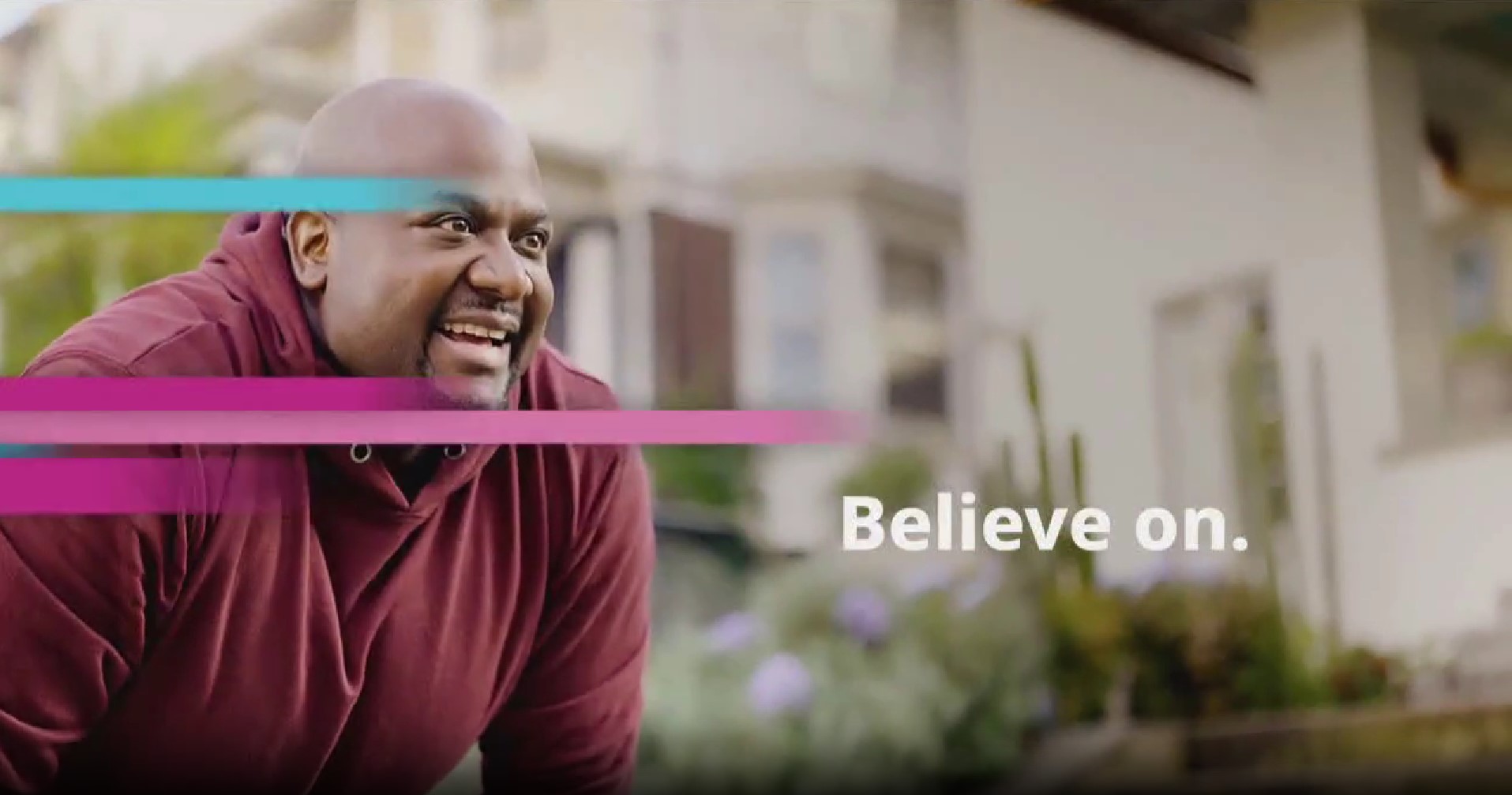Pharma marketers have had a troubled history with social media, as most platforms – namely Twitter – don’t allow drugmakers to provide all risk information for a given drug in a single post. Now, LinkedIn is emerging as a favourite among pharma professionals due in part to the site’s sponsored InMail function.
“Healthcare, overall, and pharma is definitely on the developmental side of the LinkedIn spectrum, if you will, from an advertising perspective,” said Stephanie Katzman, LinkedIn’s healthcare lead in its Marketing Solutions group. “But over the past three years, we’ve seen a huge growth in having these companies consider LinkedIn as a channel.”
Numerous pharmaceutical companies have established dedicated company pages in an effort to amass followers, and provide a professional space for employee engagement and collaboration. According to Katzman, pharma marketers are increasingly using the social media platform for advertising and sending sponsored messages to targeted professionals.
LinkedIn’s sponsored messages – known as InMail – are sent to members’ inboxes and are considered to be a less risky communication strategy; the mail is not open to the possibility of user comments, as it might be on other social media sites. These paid InMail messages are only sent to a given user’s account once per month, but Katzman maintains that most marketers find the strategy to be valuable and are often repeat investors.
While Katzman said there are about a dozen pharma companied that pay for LinkedIn ads, it wasn’t always this way. In her first year with the company – about three and a half years ago – Katzman said there were only two or three companies actively using sponsored content.
According to a LinkedIn spokesperson, approximately 50 percent of LinkedIn’s marketing revenue comes from sponsored updates. These “teaser” links however, are not usually recommended for promoting branded drugs, as the user must click the ad in order to access the relevant risk information.
“I think there are a lot of opportunities for pharma companies to be the leader and the innovator across their competitive set,” said Katzman. “… Professionals on LinkedIn are connected to peers, colleagues and managers so the platform allows for that much more engagement. You’re not hiding behind a handle or showing pictures of family, this is your professional brand.”
While pharma marketers may be increasing their LinkedIn presence, the same can’t always be said for pharmaceutical executives. Of the CEOs at the head of the 20 largest pharmaceutical firms, less than half have accounts on LinkedIn. Ian Read of Pfizer and Joe Jimenez of Novartis are two of only a handful of pharma CEOs with up-to-date profiles.
According to Katzman, the absence of a number of pharma CEOs is consistent with the behavior of executives from all industries. While some pharmaceutical executives use their LinkedIn profile to build their network, others are more casual users who prefer to only participate in the consumption of industry content.












Join or login to leave a comment
JOIN LOGIN